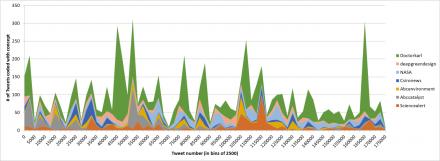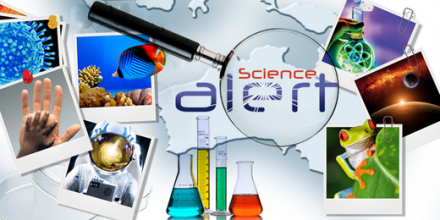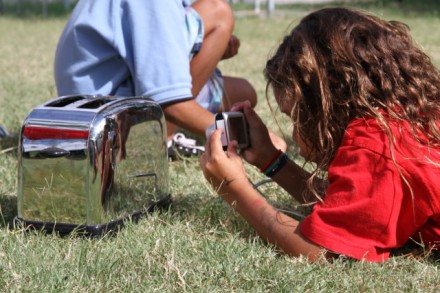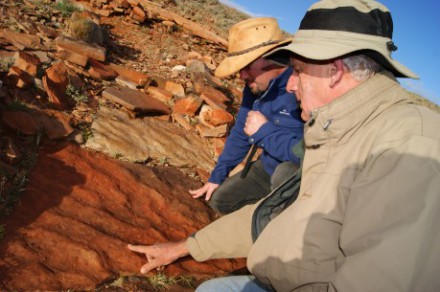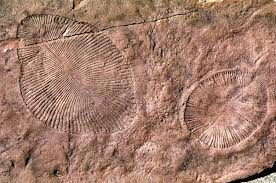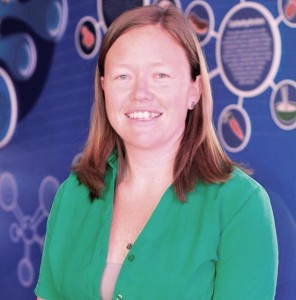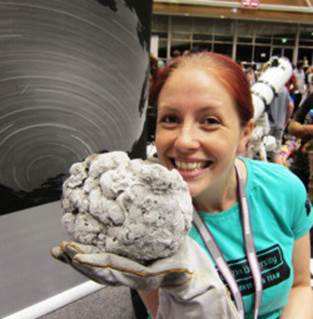Thank you to Claire Harris and Joan Leach for preparing this piece.
Do you wish you could keep up with science communication research and papers published globally?
At ASC we hear that many people are busy and finding it hard to know where to look to keep up with what’s happening. So below, we have a few tasters from science communication research and publications and we hope they’re useful. We are also going to feature science communication research more regularly in Scope.
Most read articles in journal Science Communication
Science Communication is an international, interdisciplinary journal with an impact factor of 1.436. Published by SAGE, it is ranked 16 out of 72 journals in Communication and has been running since 1979. Here are the 5 ‘most read’ articles:
- Cultural Representations of Gender and Science: Portrayals of Female Scientists and Engineers in Popular Films
- Threat Without Efficacy? Climate Change on U.S. Network News
- Communicating Science: A Review of the Literature
- Effects of the Language Barrier on Processes and Performance of International Scientific Collaboration, Collaborators’ Participation, Organizational Integrity, and Interorganizational Relationships
- “Fear Won’t Do It”: Promoting Positive Engagement With Climate Change Through Visual and Iconic Representations.
Papers from the Science Communication Research and Education Network (SCREN)
SCREN has a publications list available on their website. SCREN is a network of science communication researchers and educators mainly from Australia and New Zealand. They collectively share best practices in science communication training and engage collaboratively in science communication research.
Sharing papers and open access
For those out there who are publishing papers – could you help make them more easily accessible to ASC members? And particularly those who don’t have access to paid subscriptions.
Maybe you’re not sure about whether you can share papers when you’ve transferred copyright to a traditional journal? Well recently, Paige Brown, who writes on her blog From The Lab Bench, published a post called Open Access to Science Communication Research: Your Options.
She explained that ‘green open access’ options allow authors to post preprint or postprint versions of peer-reviewed articles on personal websites, blogs, forums or digital repositories. There are quite a few repositories available including: PeerJ an open access publisher with a preprint service, GitHub for collaborative development of manuscripts and ResarchGate.
Very helpfully Paige has summarised the preprint and green open access policies of several premier mass communication and science communication journals. These include: Science Communication (SAGE), Communication Research (SAGE), Journal of Communication (Wiley), Journal of Health Communication (Taylor & Francis Journals), Studies in Communication Sciences (Elsevier), Public Relations Review (Elsevier).
Why not subscribe to some of these journals via RSS feeds to keep up to date with new issues using RSS feed readers and reference managers like The Old Reader, Digg Reader, Feedly, or Mendeley.
Do you know some great science communication research repositories that ASC members should hear about?

